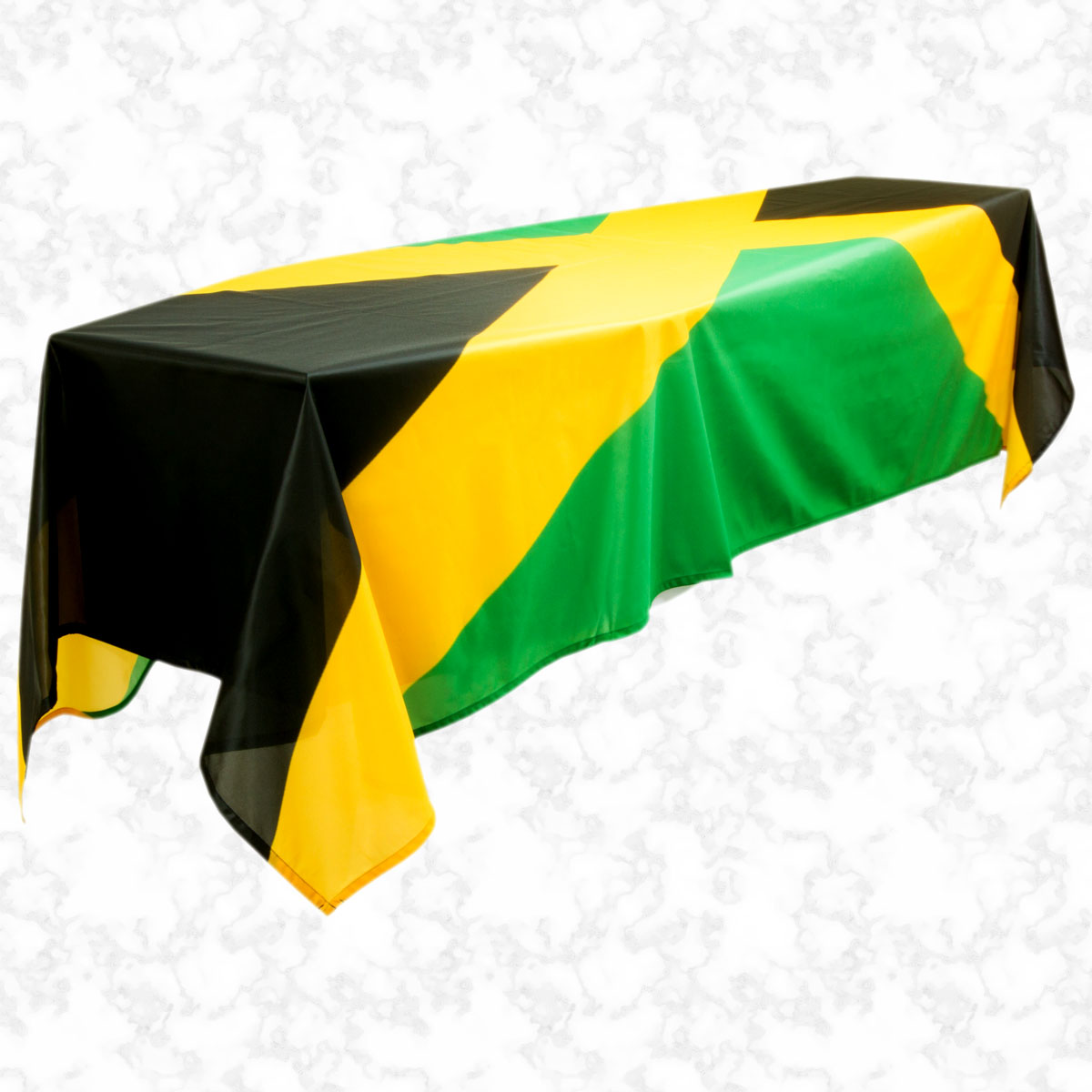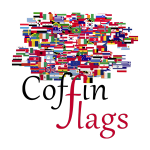Description
 Jamaica is an island country situated in the Caribbean Sea. Spanning 10,990 square kilometres (4,240 sq mi) in area, it is the third-largest island of the Greater Antilles and the Caribbean (after Cuba and Hispaniola). Jamaica lies about 145 kilometres (90 mi) south of Cuba, and 191 kilometres (119 mi) west of Hispaniola (the island containing the countries of Haiti and the Dominican Republic); the British Overseas Territory of the Cayman Islands lies some 215 kilometres (134 mi) to the north-west. With 2.9 million people, Jamaica is the third-most populous Anglophone country in the Americas (after the United States and Canada), and the fourth-most populous country in the Caribbean. Kingston is the country’s capital and largest city. The majority of Jamaicans are of African ancestry, with significant European, Chinese, Indian, Lebanese, and mixed-race minorities. Due to a high rate of emigration for work since the 1960s, there is a large Jamaican diaspora, particularly in Canada, the United Kingdom, and the United States. The country has a global influence that belies its small size; it was the birthplace of the Rastafari religion, reggae music (and associated genres such as dub, ska and dancehall), and it is internationally prominent in sports, most notably cricket, sprinting and athletics.
Jamaica is an island country situated in the Caribbean Sea. Spanning 10,990 square kilometres (4,240 sq mi) in area, it is the third-largest island of the Greater Antilles and the Caribbean (after Cuba and Hispaniola). Jamaica lies about 145 kilometres (90 mi) south of Cuba, and 191 kilometres (119 mi) west of Hispaniola (the island containing the countries of Haiti and the Dominican Republic); the British Overseas Territory of the Cayman Islands lies some 215 kilometres (134 mi) to the north-west. With 2.9 million people, Jamaica is the third-most populous Anglophone country in the Americas (after the United States and Canada), and the fourth-most populous country in the Caribbean. Kingston is the country’s capital and largest city. The majority of Jamaicans are of African ancestry, with significant European, Chinese, Indian, Lebanese, and mixed-race minorities. Due to a high rate of emigration for work since the 1960s, there is a large Jamaican diaspora, particularly in Canada, the United Kingdom, and the United States. The country has a global influence that belies its small size; it was the birthplace of the Rastafari religion, reggae music (and associated genres such as dub, ska and dancehall), and it is internationally prominent in sports, most notably cricket, sprinting and athletics.
The flag of Jamaica was adopted on 6 August 1962 (Jamaican Independence Day), the country having gained independence from the British-protected Federation of the West Indies. The flag consists of a gold saltire, which divides the flag into four sections: two of them green (top and bottom) and two black (hoist and fly). It is the only current national flag in the world that does not feature any of the colours red, white or blue. The present design emerged from those sent in by the public in a national competition. It was originally designed with horizontal stripes, but this was considered too similar to the flag of Tanganyika (as it was in 1962, only the yellow stripes are thinner), so the saltire was substituted. An earlier interpretation of the colours was, “hardships there are but the land is green and the sun shineth” as stated in the government Ministry Paper 28 – National Flag dated 22 May 1962. Gold recalls the shining sun, black reflects hardships, and green represents the land. It was changed in 1996 to black representing the strength and creativity of the people which has allowed them to overcome difficulties, gold for the wealth of the country and the golden sunshine, and green for the lush vegetation of the island, as well as hope. The change was made on the recommendation of The Committee to Examine National Symbols and National Observances appointed by the then Prime Minister the Hon. P. J. Patterson and chaired by the Hon. Prof. Milton “Rex” Nettleford. The flag is blazoned: Per saltire vert and sable, a saltire Or.








